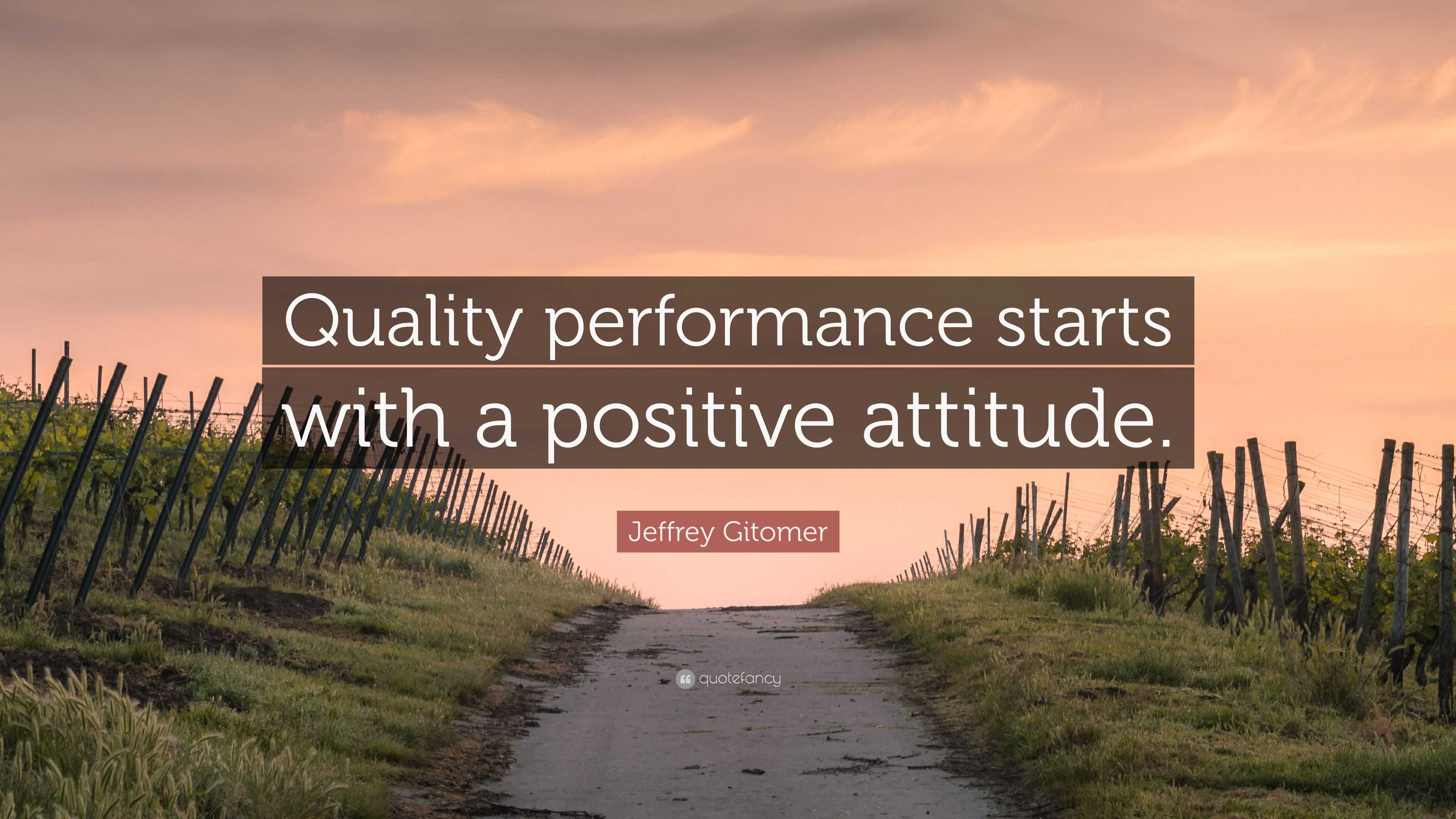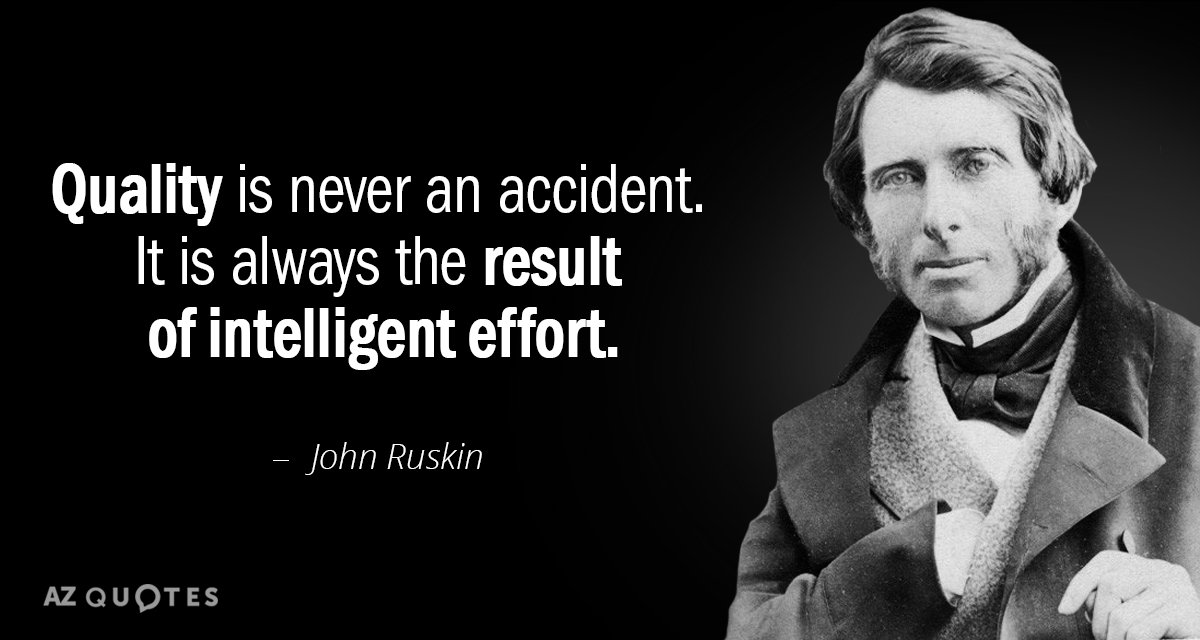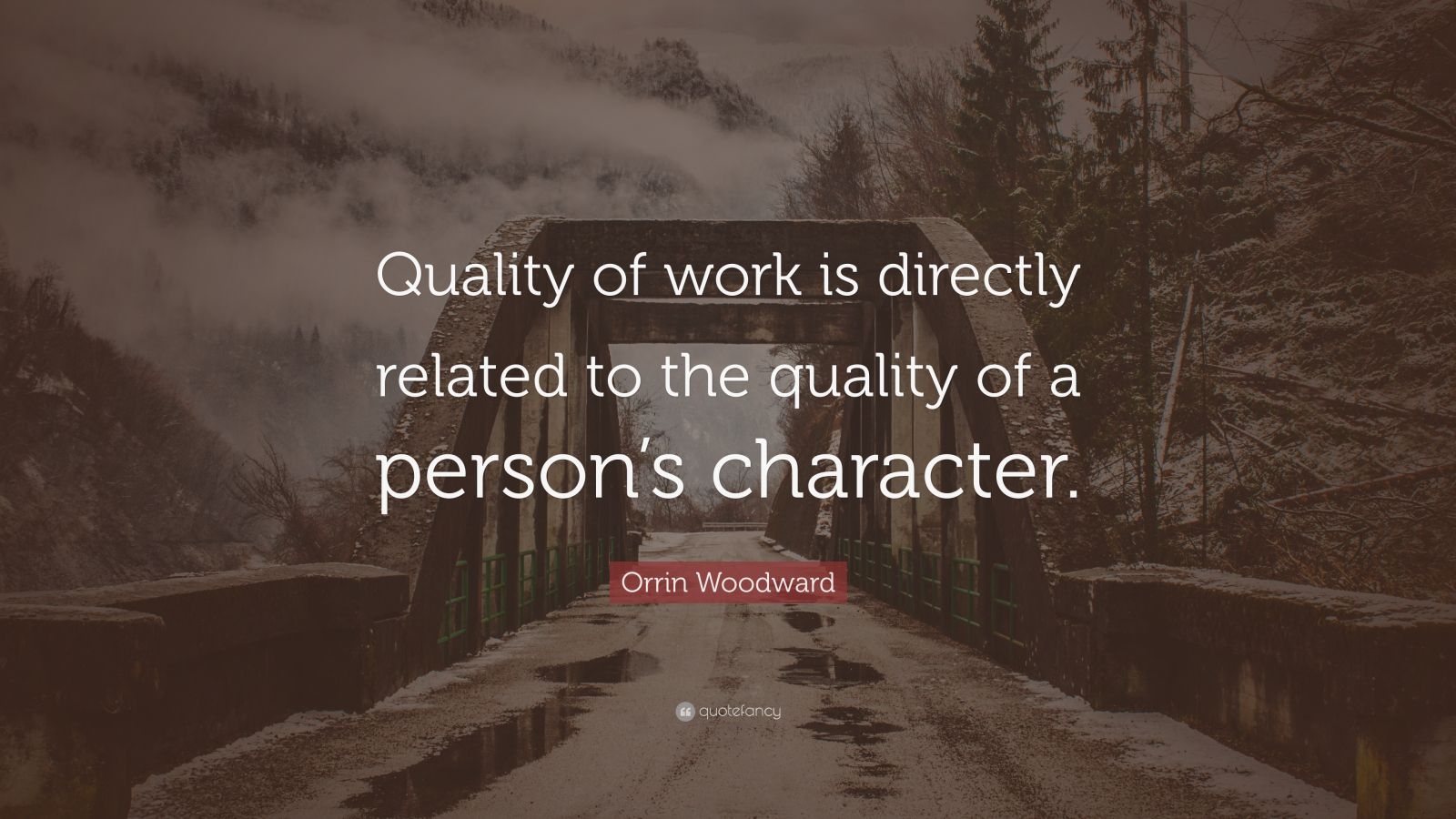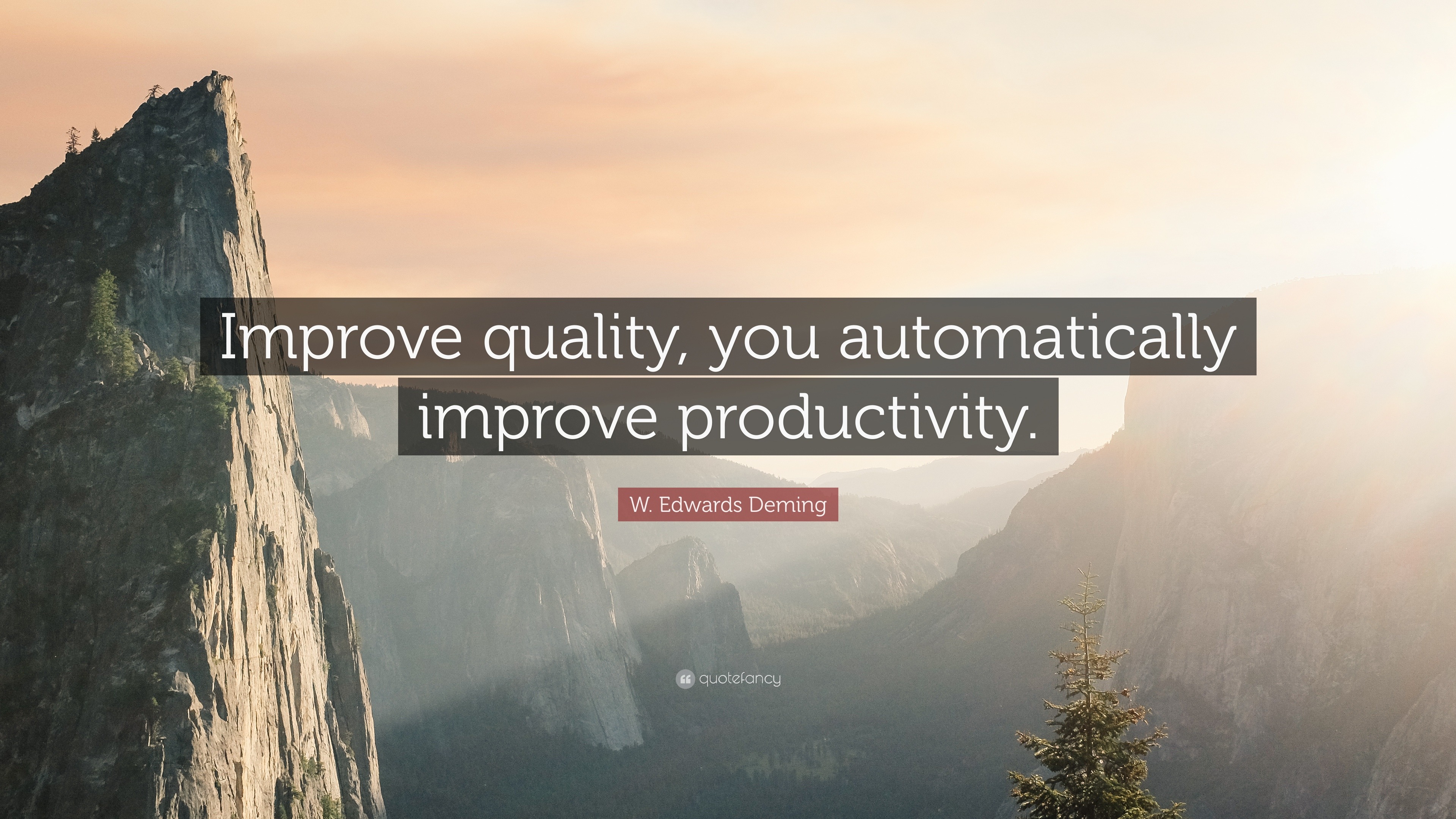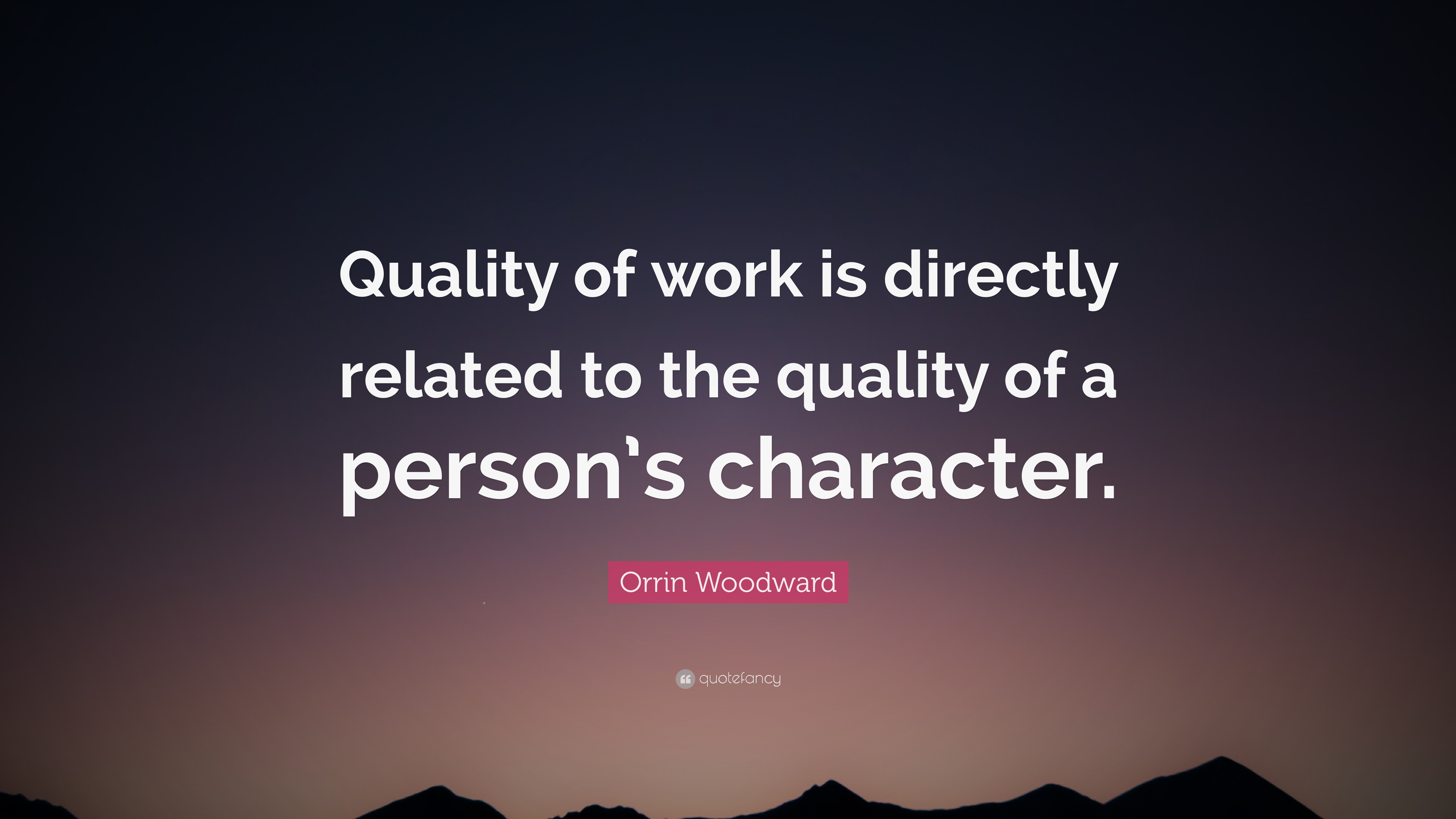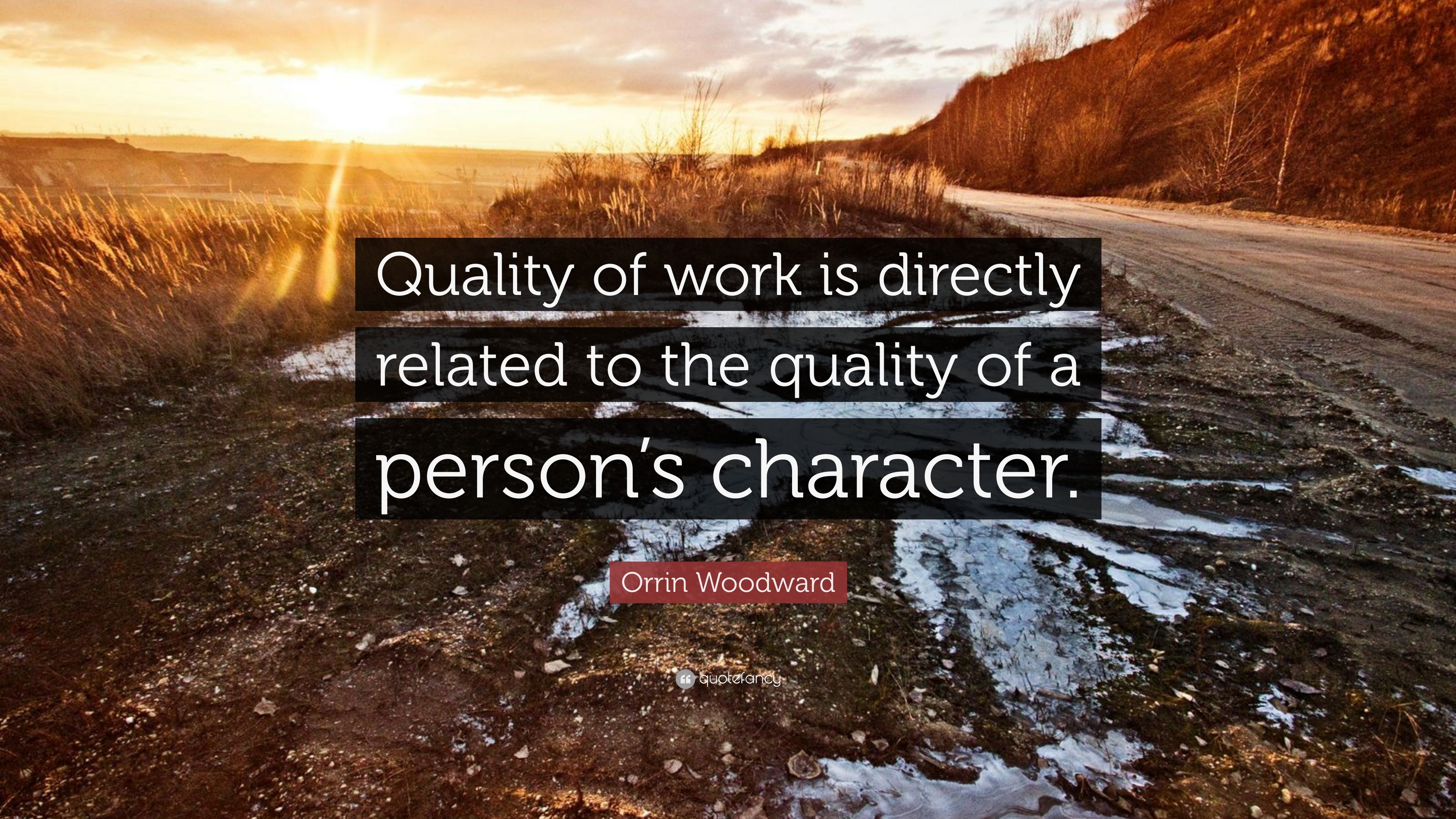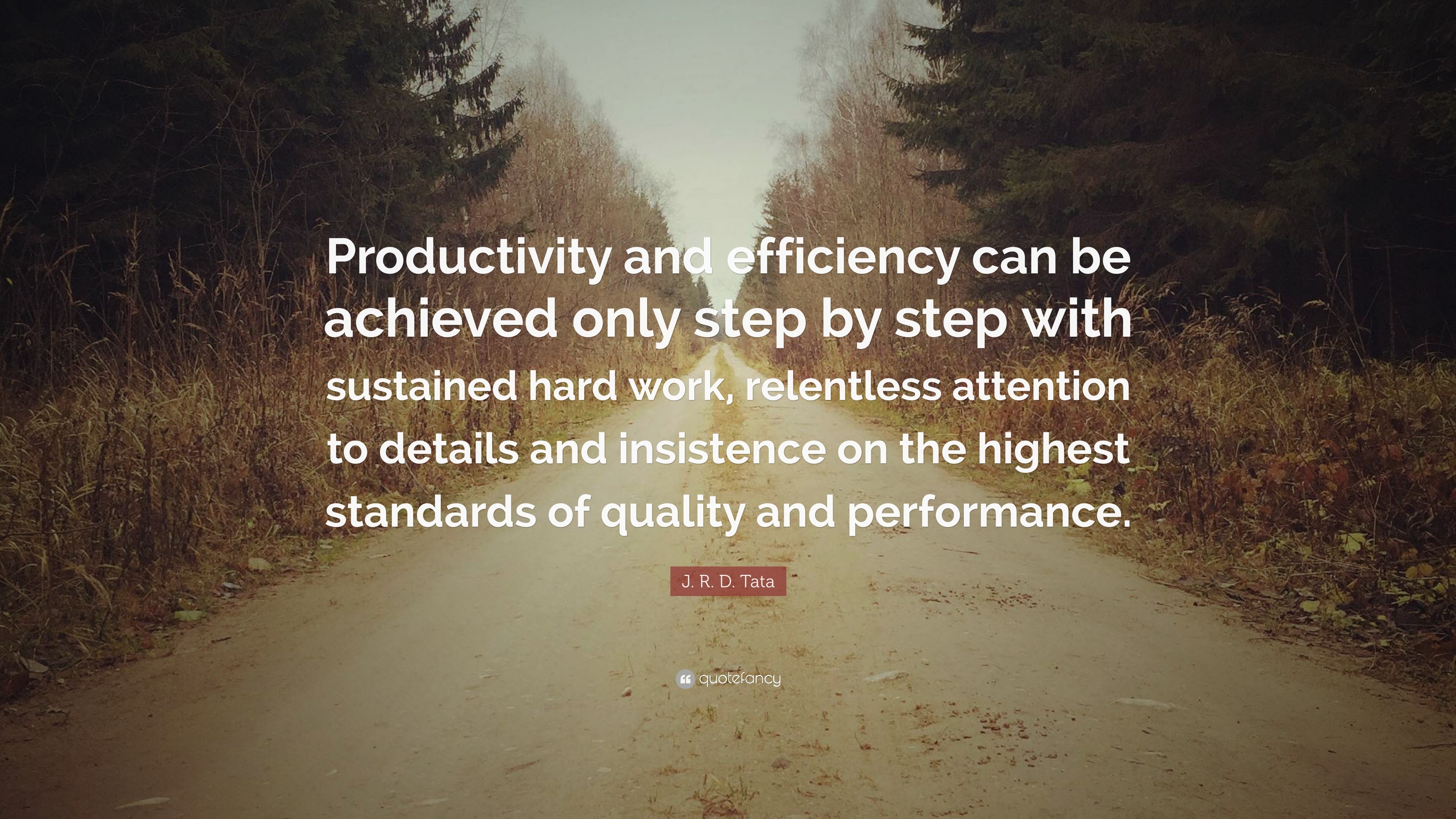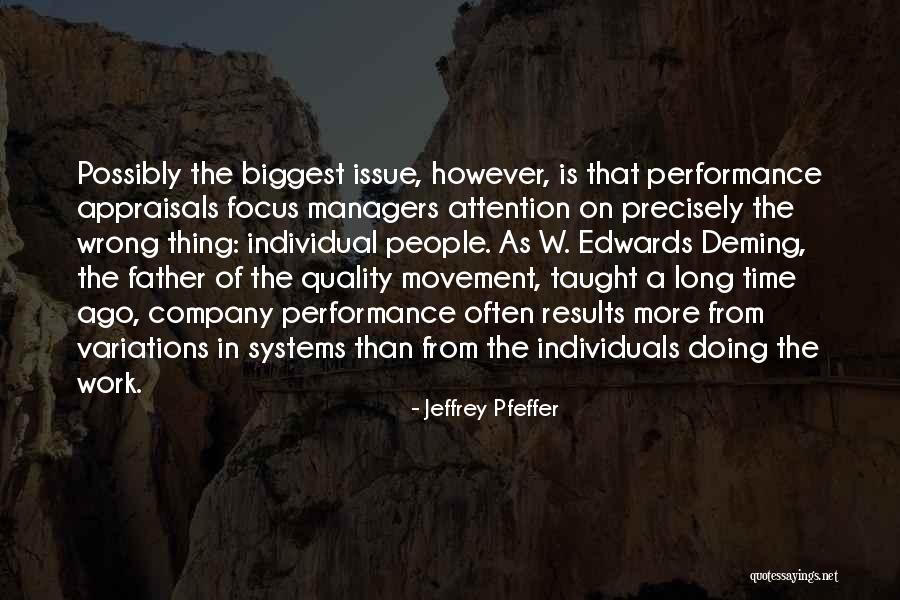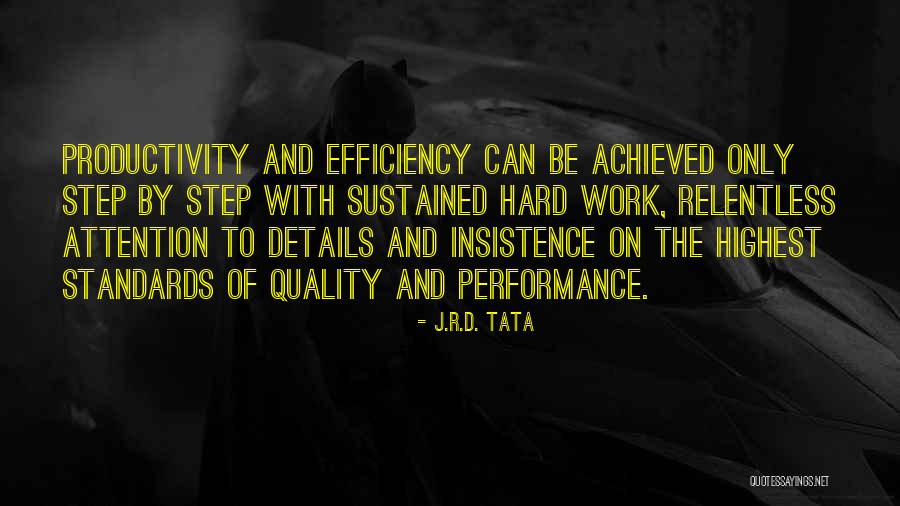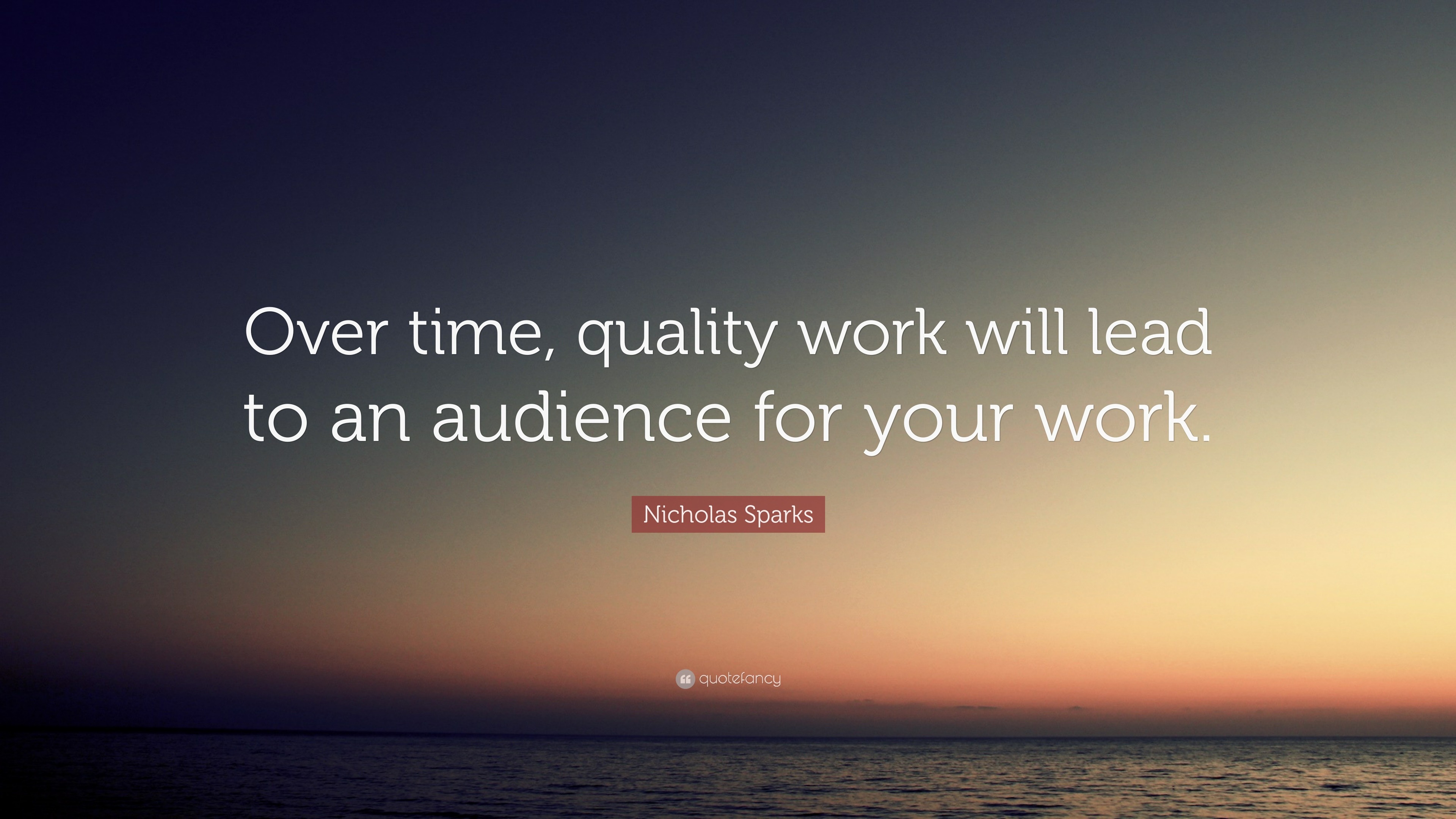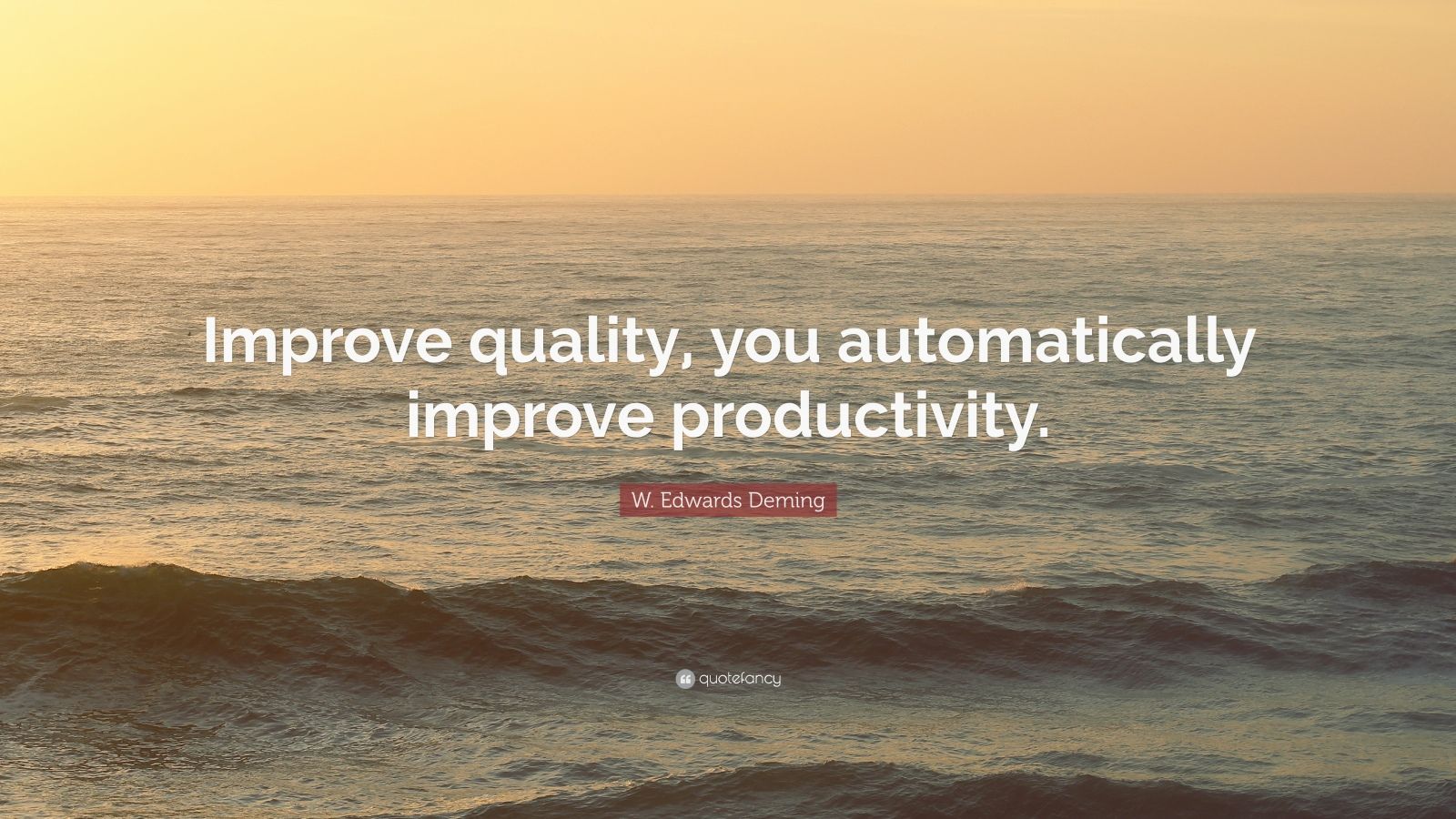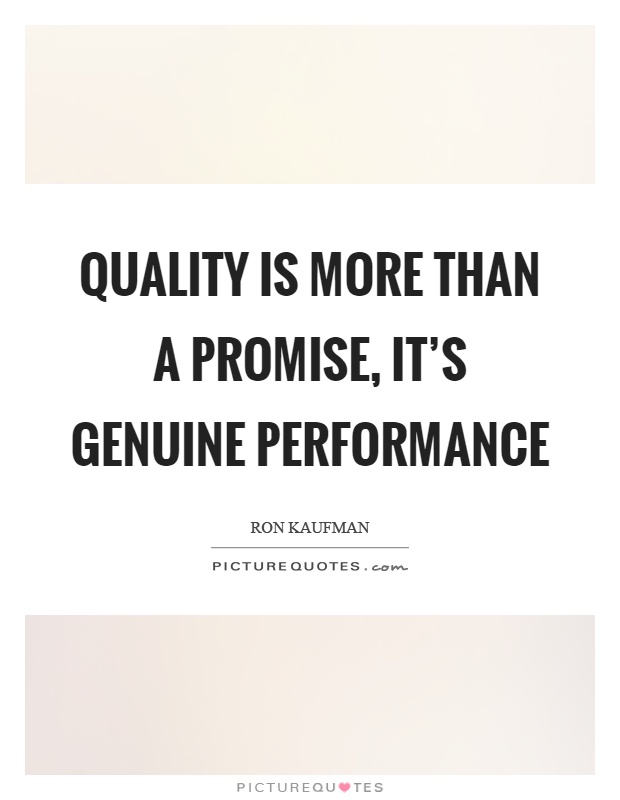Quality Of Work Performance Quotes

Whispers of declining work quality echo across industries, raising concerns about productivity, innovation, and ultimately, economic stability. A recent surge in anecdotal evidence, coupled with emerging data, paints a concerning picture of potential stagnation and a need for renewed focus on performance standards.
At the heart of this unease lies a complex web of factors, from pandemic-induced shifts in work environments to evolving employee expectations and a perceived lack of investment in skills development. This article delves into the multifaceted issue of declining work quality, examining expert opinions, statistical data, and potential solutions to navigate this evolving landscape.
The Data Speaks: A Mixed Bag
Measuring work quality is inherently challenging, but indicators like project completion rates, customer satisfaction scores, and defect rates offer valuable insights. A report by the Bureau of Labor Statistics (BLS) showed a slight dip in overall productivity growth in the last quarter, sparking debate among economists.
While some attribute this to cyclical economic fluctuations, others point to deeper structural issues affecting the workforce. "We're seeing a skills gap widening," notes Dr. Anya Sharma, a leading organizational psychologist. "The demands of the modern workplace are evolving faster than the skills being cultivated."
However, it's not all bleak. Certain sectors, particularly those heavily invested in automation and employee training, report sustained or even improved performance. This highlights the importance of proactive measures in maintaining work quality.
Perspectives from the Front Lines
Management perspectives vary. Some acknowledge the challenges, citing difficulty in maintaining pre-pandemic productivity levels. "The transition to remote work, while offering flexibility, has also blurred the lines between work and personal life, leading to burnout and decreased focus," says Mark Olsen, CEO of a tech startup.
Others, however, maintain a more optimistic outlook. They emphasize the adaptability of the workforce and the potential for new technologies to enhance productivity.
"We're constantly exploring innovative ways to empower our employees and optimize their performance," says Sarah Chen, Head of Human Resources at a manufacturing firm.
Employee voices add another layer of complexity. Many express concerns about workload, lack of support, and limited opportunities for professional development. "I feel like I'm constantly firefighting instead of focusing on delivering high-quality work," shares a software engineer who wishes to remain anonymous.
This sentiment is echoed by others, highlighting the importance of addressing employee well-being and providing a supportive work environment. Burnout is frequently mentioned as a contributing factor to decreased output.
Addressing the Challenges: Strategies for Improvement
Experts agree that a multifaceted approach is needed to address the issue of declining work quality. This includes investing in employee training and development, fostering a culture of feedback and recognition, and optimizing work processes.
Specifically, Dr. Sharma recommends companies prioritize skills development programs tailored to the evolving needs of the industry. "Upskilling and reskilling initiatives are crucial for bridging the skills gap and empowering employees to excel in their roles," she emphasizes.
Another critical element is fostering a strong sense of employee engagement. This involves creating a work environment where employees feel valued, supported, and motivated to contribute their best work.
Effective communication is key. Companies need to openly communicate expectations, provide regular feedback, and create channels for employees to voice their concerns. It also helps to set realistic goals and manage workloads effectively, preventing burnout and promoting work-life balance.
Looking Ahead: A Call for Proactive Action
The future of work depends on a collective commitment to maintaining and enhancing work quality. Ignoring the warning signs could lead to long-term economic consequences. By investing in employees, optimizing processes, and fostering a culture of continuous improvement, organizations can navigate the challenges and unlock the full potential of their workforce.
The conversation around work quality is ongoing, and proactive measures are essential. The key is to adapt and evolve, creating a work environment that supports both individual and organizational success. The future demands more than just efficiency; it requires quality, innovation, and a workforce equipped to meet the challenges ahead.
